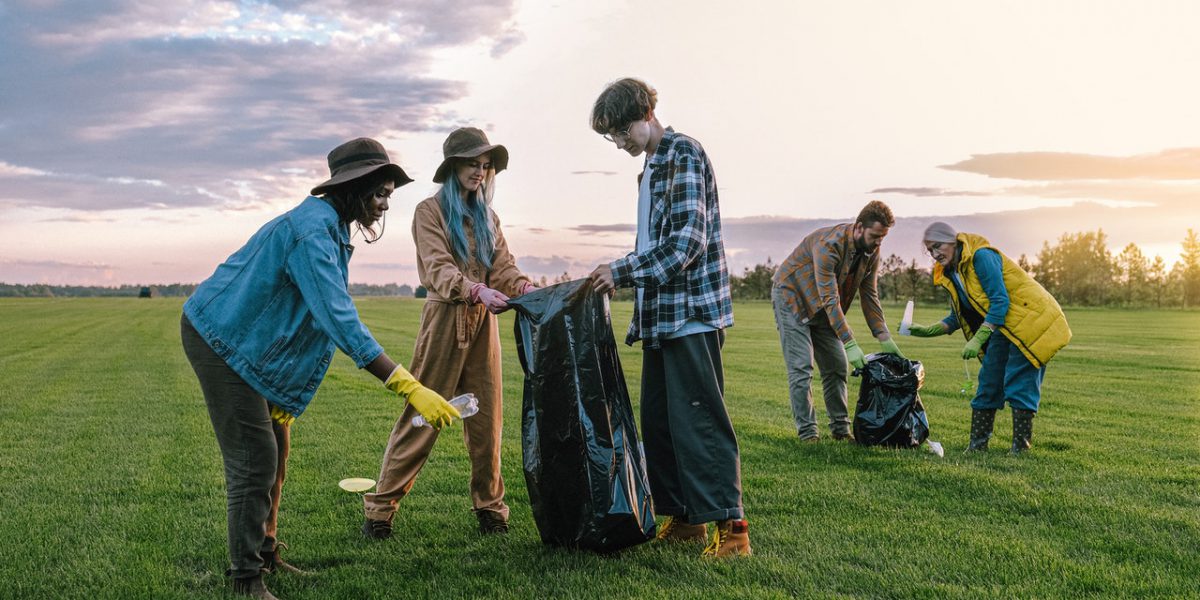There is no doubt that you have been affected by COVID-19 both at home and work. However, your organization’s work needs to continue, so what does that look like in terms of fundraising and sustaining operations? The travel and events industries have been some of the hardest-hit groups, causing a standstill as public health regulations halt travel and limit public gathering sizes.
In the post-COVID-19 world, organizations have had to make changes to the way staff and volunteers work to ensure they remain safe and healthy. This article will offer you five tips to managing your staff and volunteers during COVID-19.
Specifically, we’ll walk through the follow tips, providing practices from our firsthand experience within the field:
- Stay informed on health regulations.
- Proactively communicate with event staff and volunteers.
- Embrace virtual volunteering when possible.
- Take extra precautions to keep staff and volunteers safe.
- Make use of dedicated volunteer management software.
Ready to learn more? Let’s get started!
1. Stay informed on health regulations
Before you start planning anything, you need to check in with your local health authorities’ regulations and protocols. Make sure to open up a line of communication with health authorities to ensure you are aware of and adhering to the proper procedures to ensure you keep your staff, volunteers, and greater community safe.
Doing the basics is fine, but you may also want to go above and beyond the regulations and ensure staff and volunteers feel comfortable returning to work.
Creating a back-to-work plan that clearly outlines all the safety measures your organization is taking to protect your staff, volunteers, and the public is essential. To ensure every volunteer remains safe, you need to create mandatory health and safety training. Once you have a clear back-to-work plan as well as personal protective equipment and other measures in place, then you can begin the next phase: communicating with your staff and volunteers.
2. Proactively communicate with event staff and volunteers
Whether you are hosting an event or simply commencing your regular operations, clear communication will be essential to earning your staff and volunteers’ trust. Before you begin asking people to come back to work, you must first clearly communicate what working will look like in a post-COVID-19 pandemic environment.
This is where sending out clear communications through email about your COVID-19 health and safety measures comes in. All the planning now needs to be communicated to your team.
It is essential to communicate and engage with your team in their preferred method, whether that’s by email, via SMS, or through your staff and volunteer management app. You will want to attach your COVID-19 procedure documents that clearly outline how staff will be protected during various tasks.
Consider running a communication campaign that breaks up important information in multiple messages throughout a period of time. Doing this gives your team a chance to digest the information in smaller pieces and ask questions.
Further, having a designated health and safety staff member to answer questions and conduct your training will be important to ensure the transition goes smoothly. As you commence this step, always remember routine and open communications with your staff and volunteers will help establish trust and confidence, which will ensure everyone is safe.
3. Embrace virtual volunteering when possible
Whether you are a nonprofit working towards a virtual fundraising event or an organization resuming routine work, it is important to review what work can be done virtually. Virtual events and work reduce health and safety risks, helping to protect your volunteers while working towards your organization’s annual goals.
There are many benefits to moving to virtual volunteering. Two of the most significant advantages include:
- It can offer your volunteer greater flexibility to complete their tasks or projects around their own schedule.
- Virtual volunteering allows you to recruit new volunteers and staff from further away since travel and transportation barriers are removed from the equation.
When implementing virtual shifts, you will need technology to help you manage your team and to equip them with the tools required to get the job done. You will need to post your virtual work opportunities online on your website, so you can effectively spread the word. A volunteer management solution like InitLive can help get your online volunteer recruitment process up and running in a single week, making the transition easier for both you and your current volunteers.
While a lot of tasks can be completed virtually, there will inevitably be some activities or tasks that have to be done in the community, which presents new challenges for all organizations. The next section will offer your organization some strategies for safely working within the community.
4. Take extra precautions to keep staff and volunteers safe
If you can’t go virtual with your events and volunteer opportunities, it’s important to go above and beyond to make sure your staff, volunteers, and community members are safe. This means investing in more personal protective equipment, signage, barriers, and larger spaces to help ensure social distancing. If you are hosting a socially distanced event, consider holding it outside to reduce infection.
As staff and volunteers arrive, consider staggering their start times so that there isn’t a bottleneck when they are checking in to work. Using a volunteer management software to track when a volunteer checks in and checks out to a shift can help to ensure contact tracing for post-event reporting.
To make sure all volunteers are compliant with your health and safety protocols, you may want to implement a mandatory self-assessment checklist before every shift. This reminds each volunteer to assess their health and to practice correct health and safety protocols before, during, and after their shift. This way, every individual will take responsibility for their health and actions.
5. Make use of dedicated volunteer management software
We understand this can all seem like a lot to implement and manage, but technology can help make all these new protocols a little easier. Consider investing in an all-in-one staff and volunteer management software that can do the heavy lifting for you so that you can focus on your organization’s goals.
When you are looking for a solution, you will want to consider a system that can handle recruitment, scheduling, and communications. You only need to use a single system that centralizes all your management activities.
Providing a mobile app to your volunteers is also a good idea. Look for something that equips them with mobile check-in, two-way communications, and access to their personal shift schedule. You want to provide your volunteers with all the information and tools they need to feel comfortable getting back to work.
No matter what technology solution you settle on, you will need that data to help track volunteer shifts with locations and teams to ensure that you are prepared for the worst-case scenario. After all, it is essential to consider how you will complete contact tracing if a COVID-19 exposure takes place.
Getting your team back to work is possible! By implementing all the necessary measures, your organization can continue to meet your annual goals while ensuring all your staff and volunteers are safe and protected.




